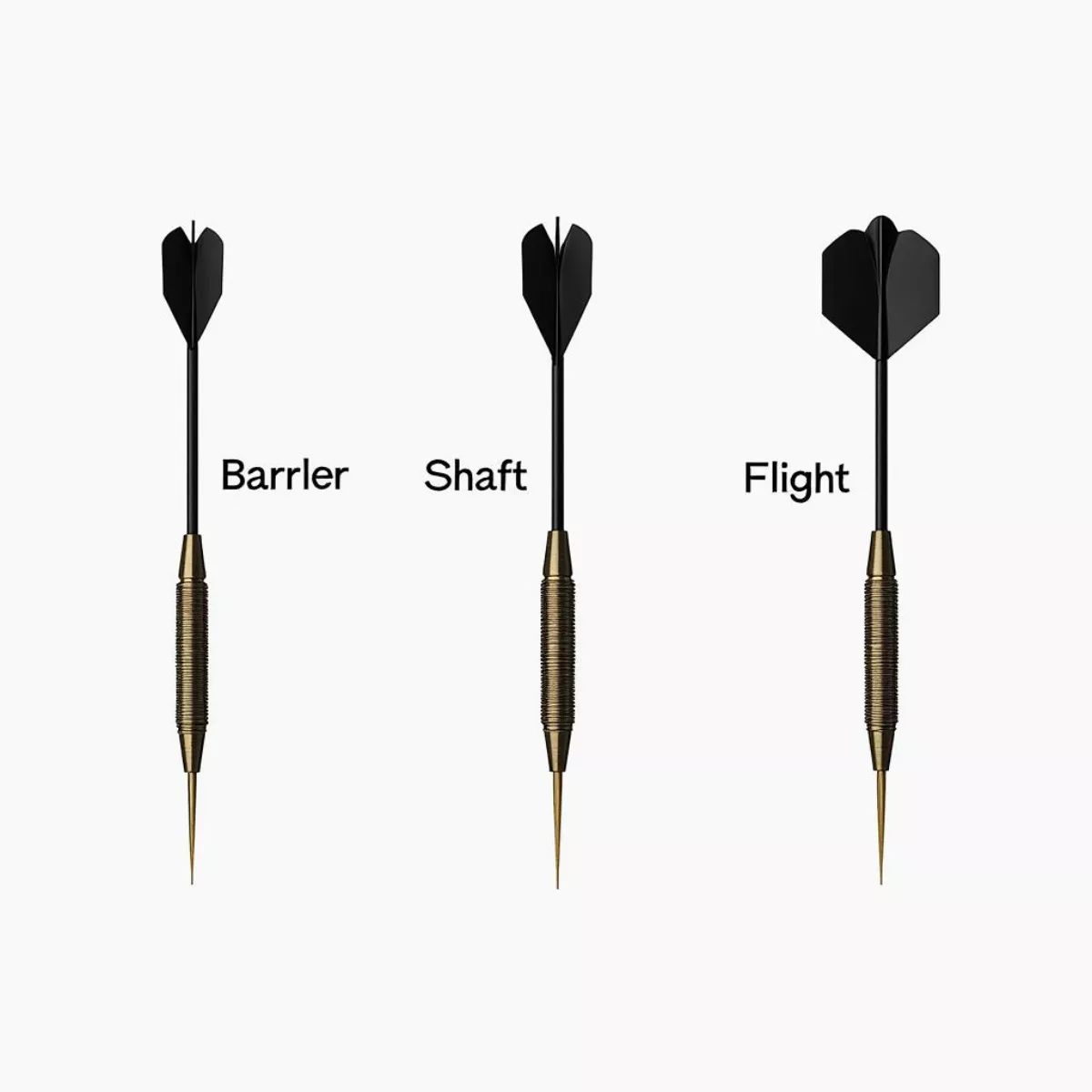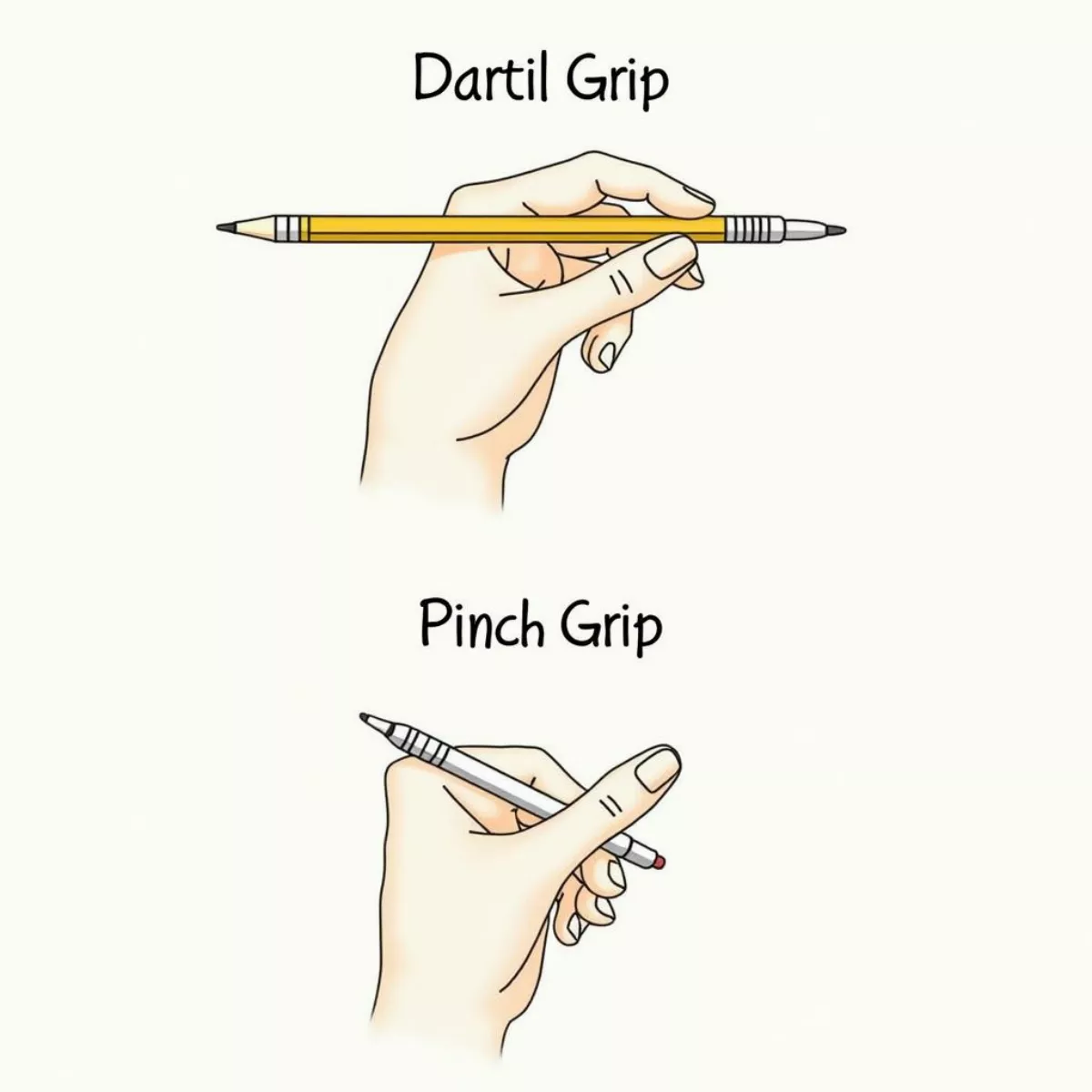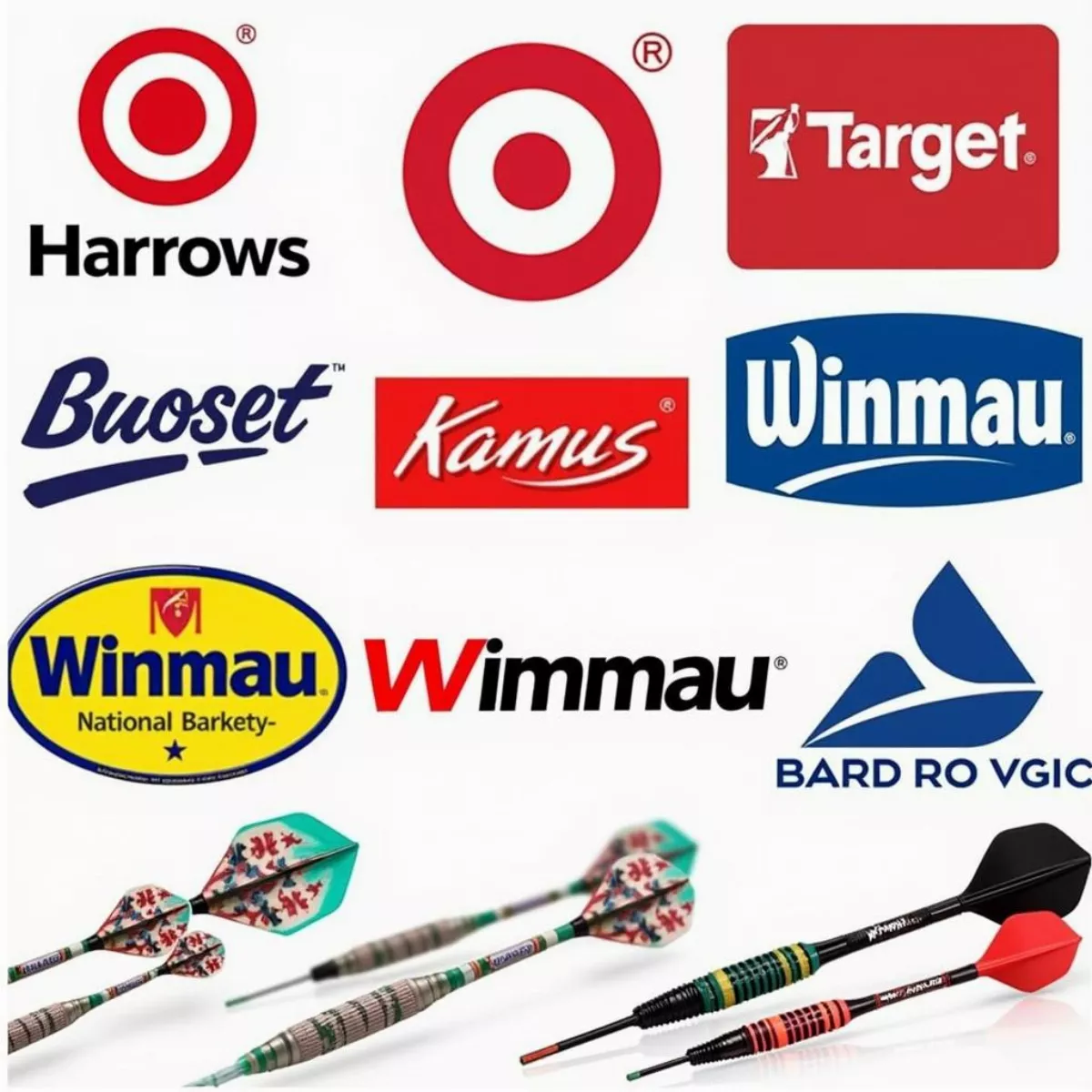Darts is a thrilling game that’s enjoying a significant surge in popularity, fueled by televised tournaments and charismatic players. With legends like Phil Taylor, Michael van Gerwen, and Gerwyn Price dominating the scene, fans often wonder, what darts do the pros use? Understanding the equipment that professional players choose can help you improve your game and appreciate the sport on a deeper level.
Let’s break down the types of darts professionals use, the unique features of their equipment, and how you, too, can choose the right darts for your skill level.
The Ins and Outs of Professional Darts
1. What Makes a Pro Dart?
A professional dart is typically made up of three components: the barrel, the shaft, and the flight. Each of these parts plays a critical role in the overall performance of the dart:
- Barrel: The main body of the dart, which is weighted and grip-enhanced to allow for better control during throws.
- Shaft: Connects the barrel to the flight and comes in various lengths and materials to affect the flight path.
- Flight: The fin-like component which stabilizes the dart in the air and comes in a range of shapes and designs.
2. Types of Barrels Used by Pros
Most professional players opt for tungsten barrels due to their density. The main types of barrels include:
- Tapered Barrels: Thinner towards the back, these barrels suit players who prefer a polished grip at the front.
- Straight Barrels: Uniform in width, offering consistent finger placement which helps with accuracy.
- Wide Profile Barrels: Providing a larger grip area, catering to players who prefer to grip a larger surface area.
Pros’ Choice of Materials
Professional darts predominantly use tungsten. This material allows for a slimmer dart while maintaining weight, enabling greater precision. Here’s a quick breakdown:
| Material | Density | Pros | Cons |
|---|---|---|---|
| Tungsten | High | Slimmer darts, increased control | Usually more expensive |
| Nickel-silver | Medium | Affordable, decent weight retention | Bulkier, less control |
| Aluminum | Low | Light, easy to throw | Less sturdy |
 Professional Darts Components
Professional Darts Components
3. Shafts and Flights: A Tailored Approach
The shaft and flight are equally important. They directly affect stability during flight. Most professional players have custom-made shafts and flights tailored to their preferences:
- Shaft Lengths: Common lengths include short, medium, and long. Short shafts provide a more streamlined shot, while longer shafts allow for greater thrust.
- Flight Shapes: The most common shapes include standard, pear, and kite. Standard shapes offer maximum stability, whereas kite shapes reduce drag for faster darts.
4. Popular Darts Used by Professional Players
While preferences differ among pros, a few brands consistently make the rounds in professional tournaments:
- Harrows Darts: Known for innovation, many pros trust Harrows for their balance and feel.
- Target Darts: Widely used by top players, Target provides quality materials and customization options.
- Winmau Darts: A favorite among players for their quality and innovative design.
Many professional players have their own signature models. For example:
- Phil Taylor: Known for his 24g Winmau tungsten darts.
- Michael van Gerwen: Often uses 90% tungsten with a distinctive grip.
What Can Beginner and Intermediate Players Learn from the Pros?
1. The Importance of Weight
Most professional darts range between 22g and 30g in weight. While heavier darts may seem easier to throw, the key is to find what feels comfortable for you.
2. Grip Matters
A good grip significantly affects your throw. Experiment with grips like:
- Pencil Grip: The most common grip, where the dart is held between the thumb, forefinger, and middle finger.
- Pinch Grip: The tip of the dart is pinched between two fingers to control the release better.
 Dart Grips Comparison
Dart Grips Comparison
3. Consistency is Key
Pros often say consistency in practice leads to success. Take the time to find a dart that matches your throwing style, rather than just whatever the pros use.
How to Choose the Right Darts for You
1. Finding Your Weight
- Try darts ranging from 20g to 30g. A lighter dart may offer faster throws, while a heavier dart could provide better stability.
2. Experiment with Styles
- Barrel Types: Test different barrel styles to see which feels comfortable in your hand.
- Shaft and Flight Combinations: Adjust the length and shape of the shaft and flight to find a balance that suits your throw style.
3. Customization is Key
Many manufacturers offer customization options that allow for personalized colors, designs, and weights. Consider this if you want to emulate your favorite pro or simply express your style.
Key Takeaways
- Pro darts are typically made from tungsten and come in various shapes and sizes tailored to a player’s style.
- The barrel, shaft, and flight all play crucial roles in a dart’s performance.
- Top brands include Harrows, Target, and Winmau, popular among professional players.
- Experiment with weight and style to find what feels best for your game.
- Remember that practice and consistency are essential for improvement.
 Popular Dart Brands
Popular Dart Brands
FAQ
1. What weight of darts should I start with?
Most beginners find darts in the 20g to 24g range to be ideal. However, every player is different, so it’s essential to experiment.
2. Do professional players use custom darts?
Yes, many professional players have custom darts tailored to their specific preferences.
3. How can I improve my dart throwing technique?
Focus on grip, stance, and follow-through. Consistent practice is also fundamental.
4. Are heavier darts better?
Not necessarily. It’s about comfort and control. Some players prefer heavier darts, while others find lighter ones easier to manipulate.
5. Can I use standard darts at home?
Absolutely! You can use standard darts for practice at home, but as you improve, consider transitioning to a set that fits your style.
6. What dart brands are recommended for beginners?
Good options for beginners include Harrows and Winmau, as they offer quality without breaking the bank.
7. How often should I practice throwing darts?
Aim for at least 30 minutes a few times a week to see consistent improvement.
8. Is it important for darts to match my throwing style?
Yes, aligning your darts with your throw style can significantly enhance your performance.
Armed with this knowledge, you’re better equipped to choose the right darts, understand professional players’ choices, and potentially improve your game. With practice and the right equipment, who knows? You might be the next big name in the darting world! Happy throwing!